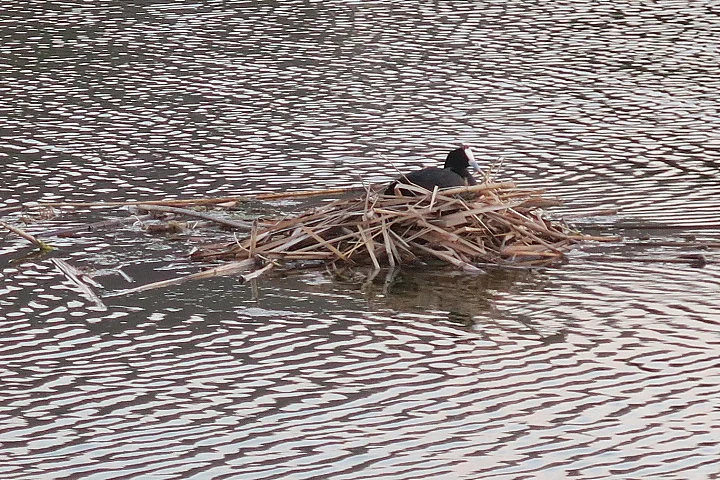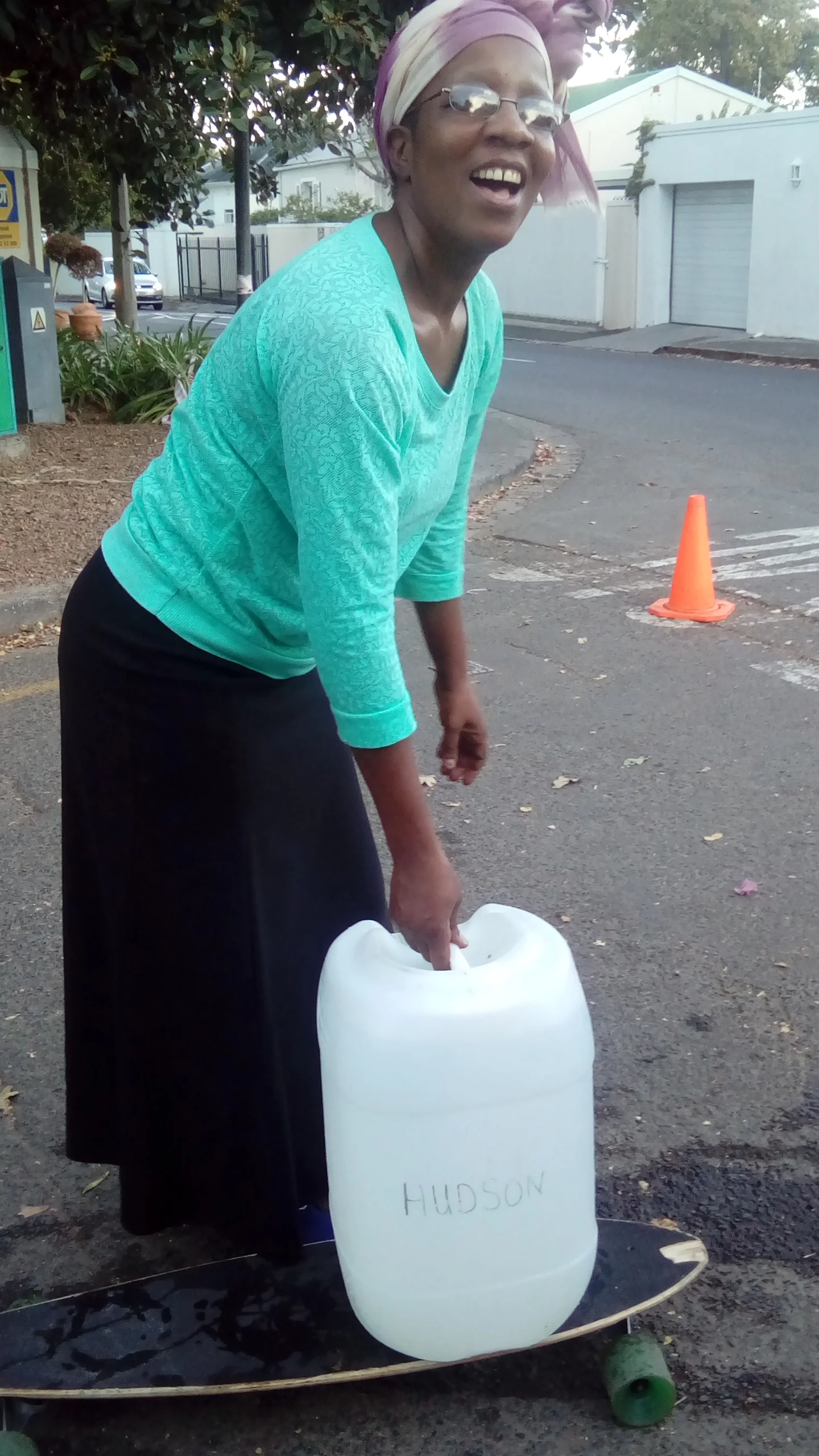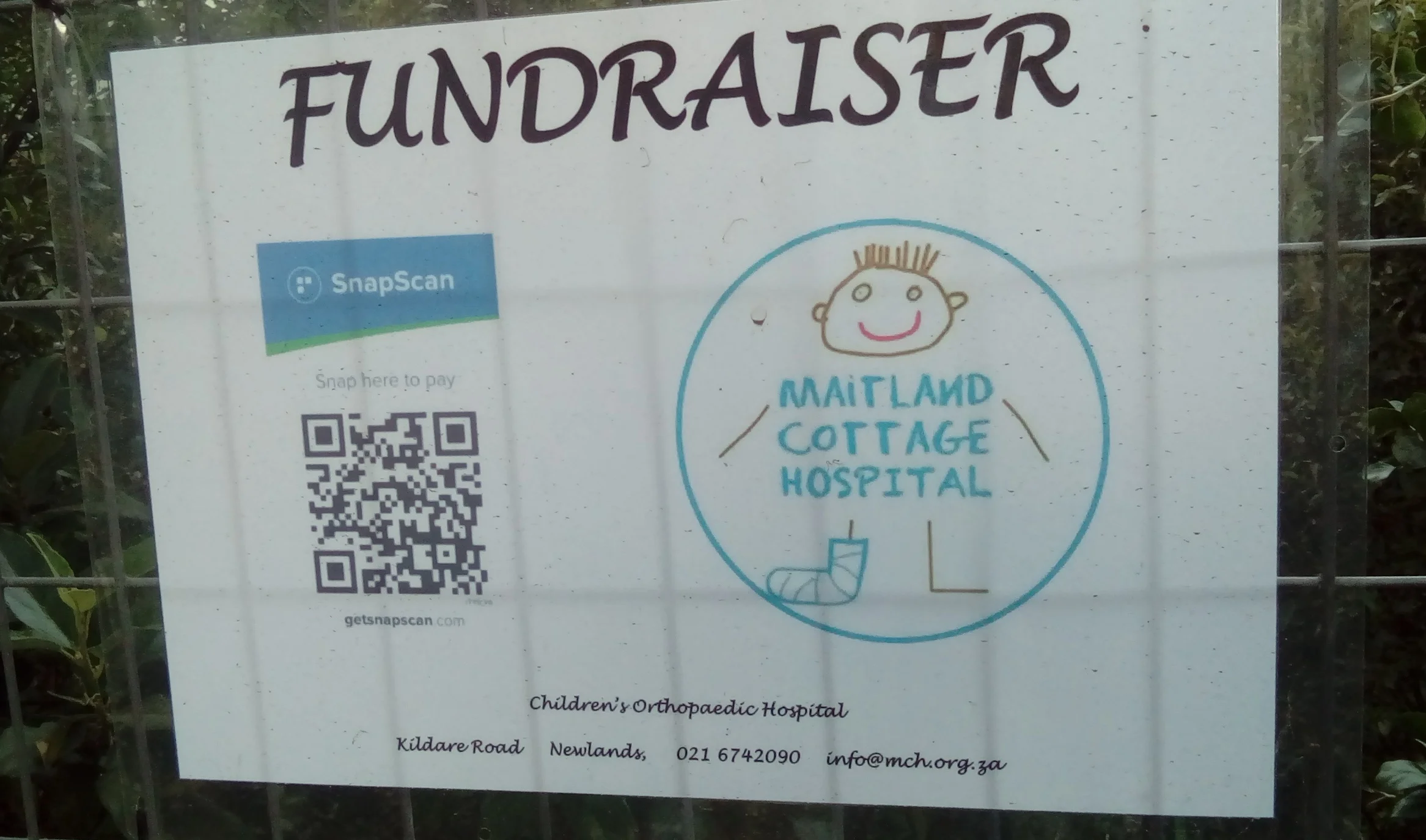Oasis in the heart of the city: Green Point Park.
Lots of water information and advice piling up, but a lot of it is Serious and takes Proper Study. (This week's lesson: learning about swales -- shallow depressions that we can create to sponge up rainwater. More soon!) I'm totting up many useful links with water-wise and green information and tips that I'll be posting in the next little while; some of these are scary, some necessary, some are just plain good news. For example, in 101 Water Wise Ways, I talk about composting as an aid to water-saving -- and I just heard that the City of Cape Town is giving away free compost bins, a boon for homes with small or no gardens: check how to get yours here.
The rain that's been falling is such a relief that it's hard to stay on top of all the statistics and figures, especially the water projections for the future, but my best go-to site is Paarl-based (which is well situated in terms of where rainwater actually needs to land -- in the huge Boland dams that supply most of the city's water). Bookmark this site and read it regularly: it gives reliable figures, and explains the good news and the bad news; it also explains the impact of water needed for agriculture, which (let me get up on my soapbox and repeat) is NOT a luxury: we all need to eat, and nearly all food starts in a farmer's field.
The graphs take a bit of puzzling over, but are very helpful, if a bit scary: one thing I like is that they clearly show how our water-saving habits are currently saving our bacon. We're now down to 505 million litres per day (yay us, apparently no other modern city has managed to go so low per citizen per day), but we still need to get down to 450 m/l/per day if we're going to survive next summer. So don't let the sound of rain of the roof lull you into relaxing your guard: we still need to be saving every drop.
Meanwhile I am compiling green tips that slot alongside water-frugal habits, and believe me, there are thousands of them. Alas, I have also been reading that small band of environmental scientists who believe we're past the point of no return for the planet. This renders me very blue (as opposed to green -- OK, terrible joke), but it's a real concern, as this article and many like it show: can we actually make a difference at this point?
I think the magnificent way many citizens of Cape Town have curbed their water consumption is one answer to that question. And then my friend Liesl posted a poem, by the American poet, farmer and environmentalist Wendell Berry, that made me breathe a little easier. Because it speaks to that tiny attitudinal shift that can open us up, so that we connect with our world on a local and individual level. To paraphrase the central message of most faiths (and many songwriters): love is still the answer, even to the environmental crisis. Here's the poem.
Love This Miraculous World
Our understandable wish
to preserve the planet
must somehow be
reduced
to the scale of our
competence.
Love is never abstract.
It does not adhere
to the universe
or the planet
or the nation
or the institution
or the profession,
but to the singular
sparrows of the street,
the lilies of the field,
“the least of these
my brethren.”
Love this
miraculous world
that we did not make,
that is a gift to us.
- Wendell Berry
Wildflower meadows and trees: medicine for the planet. Stourhead, UK, in summer.















